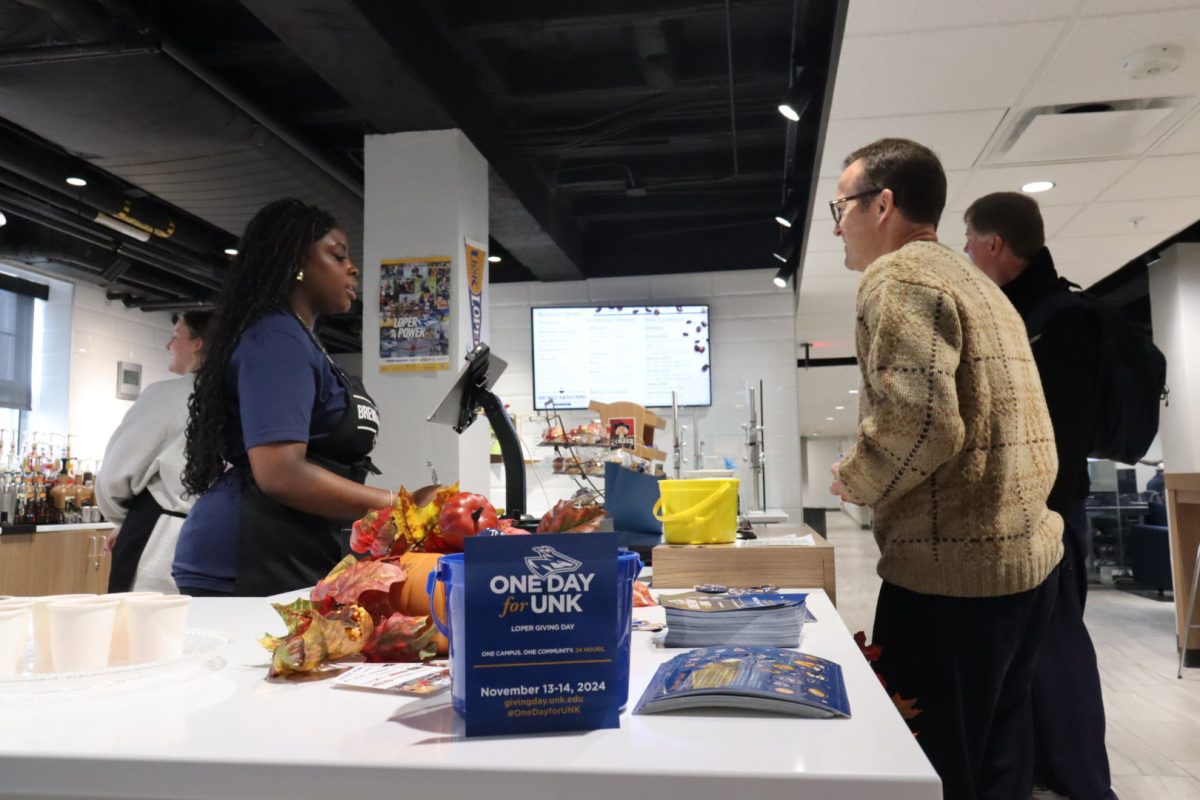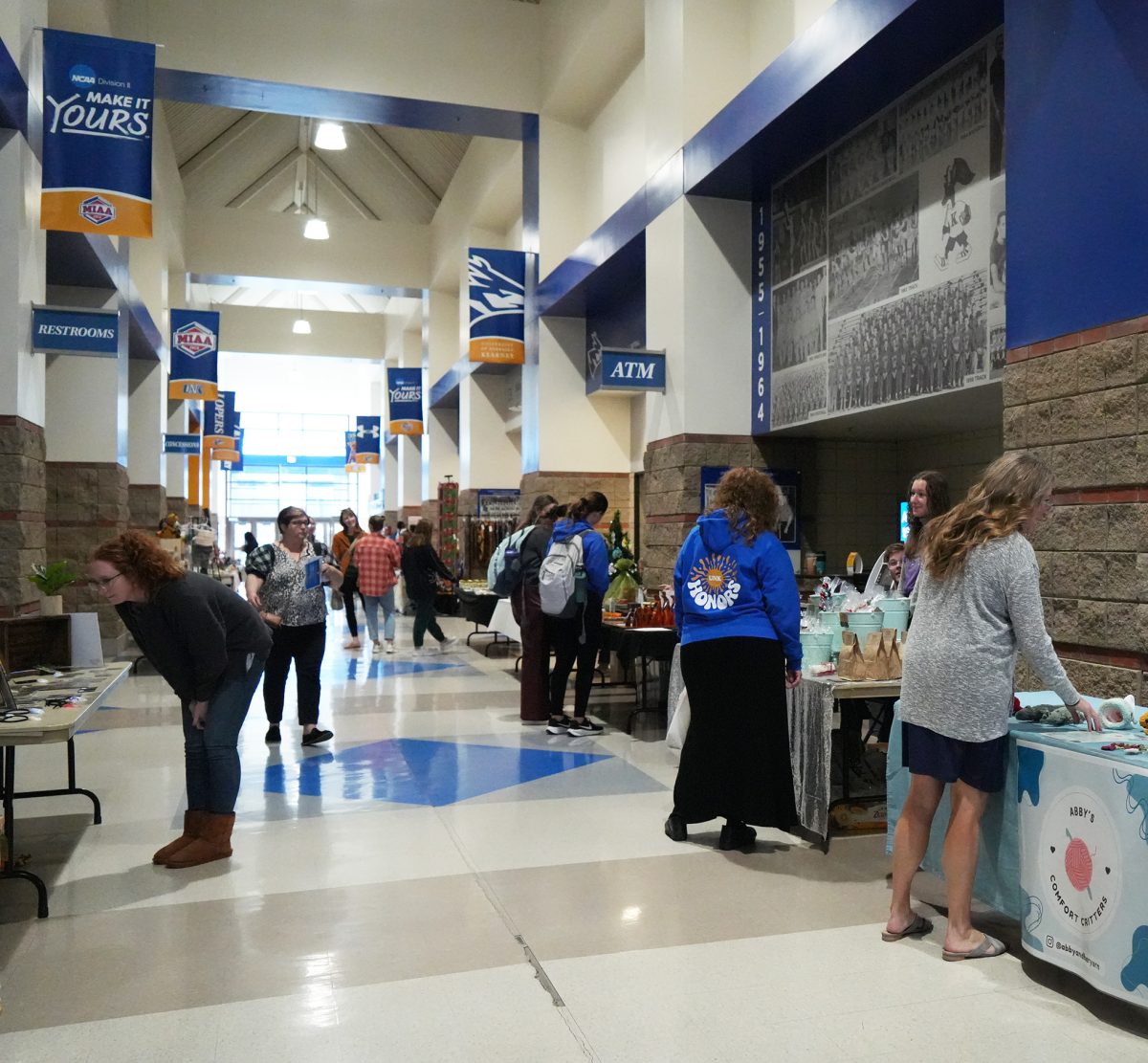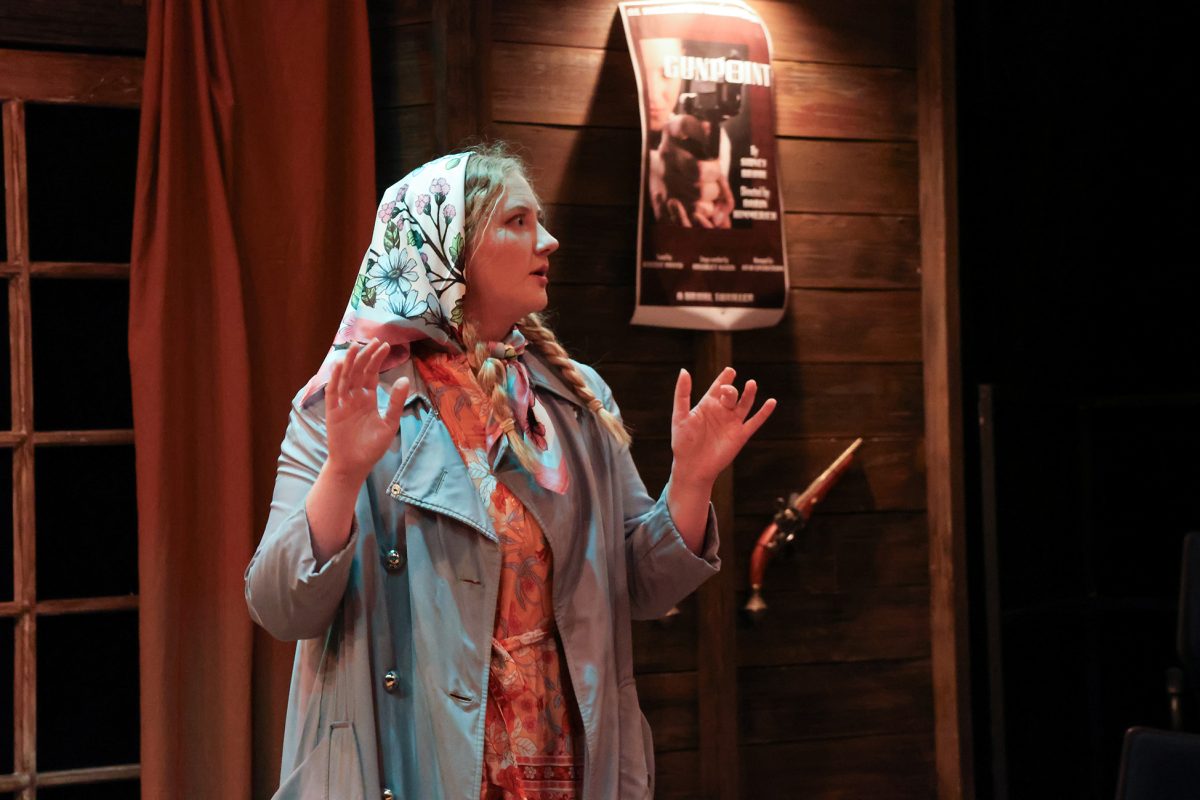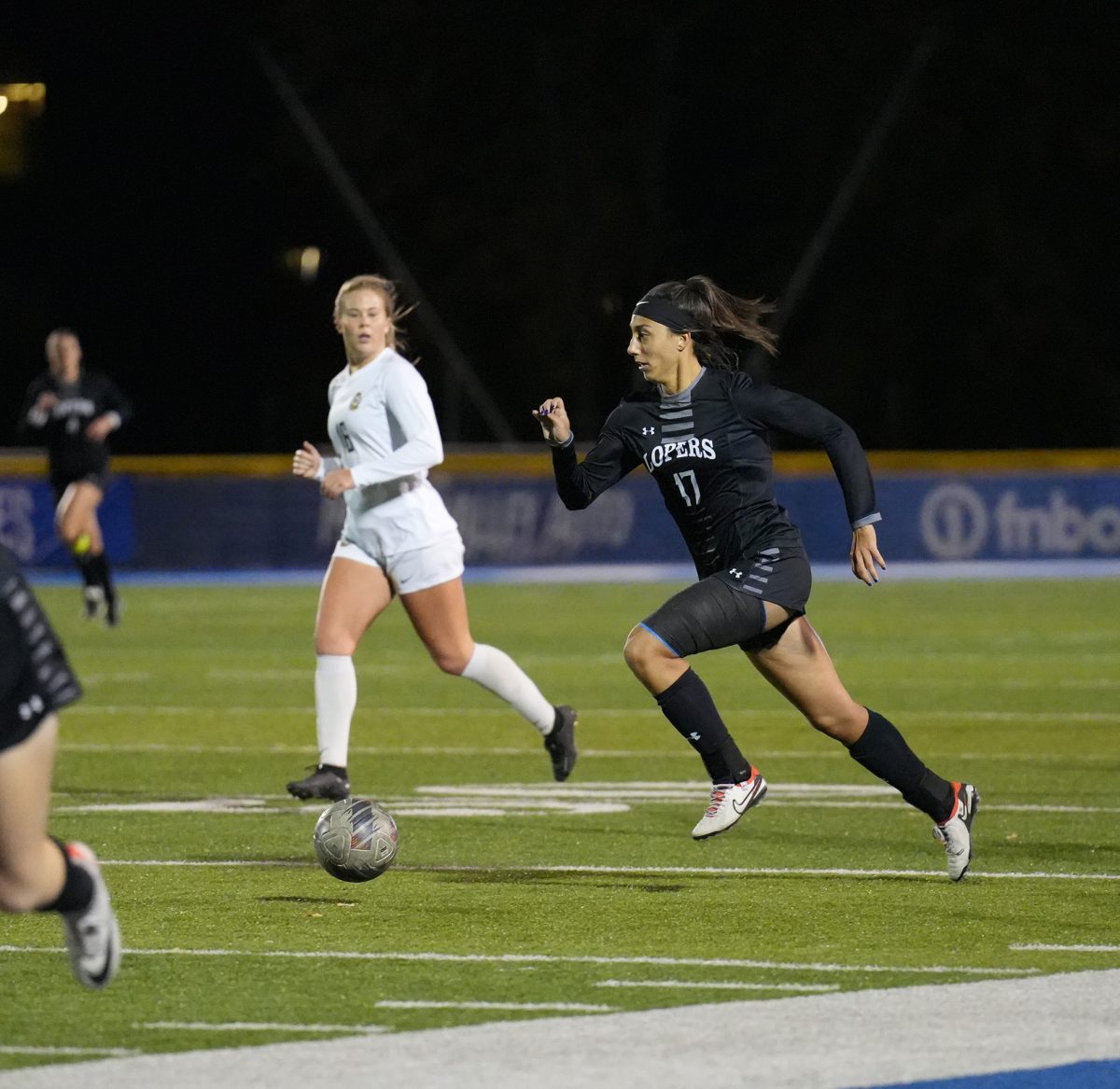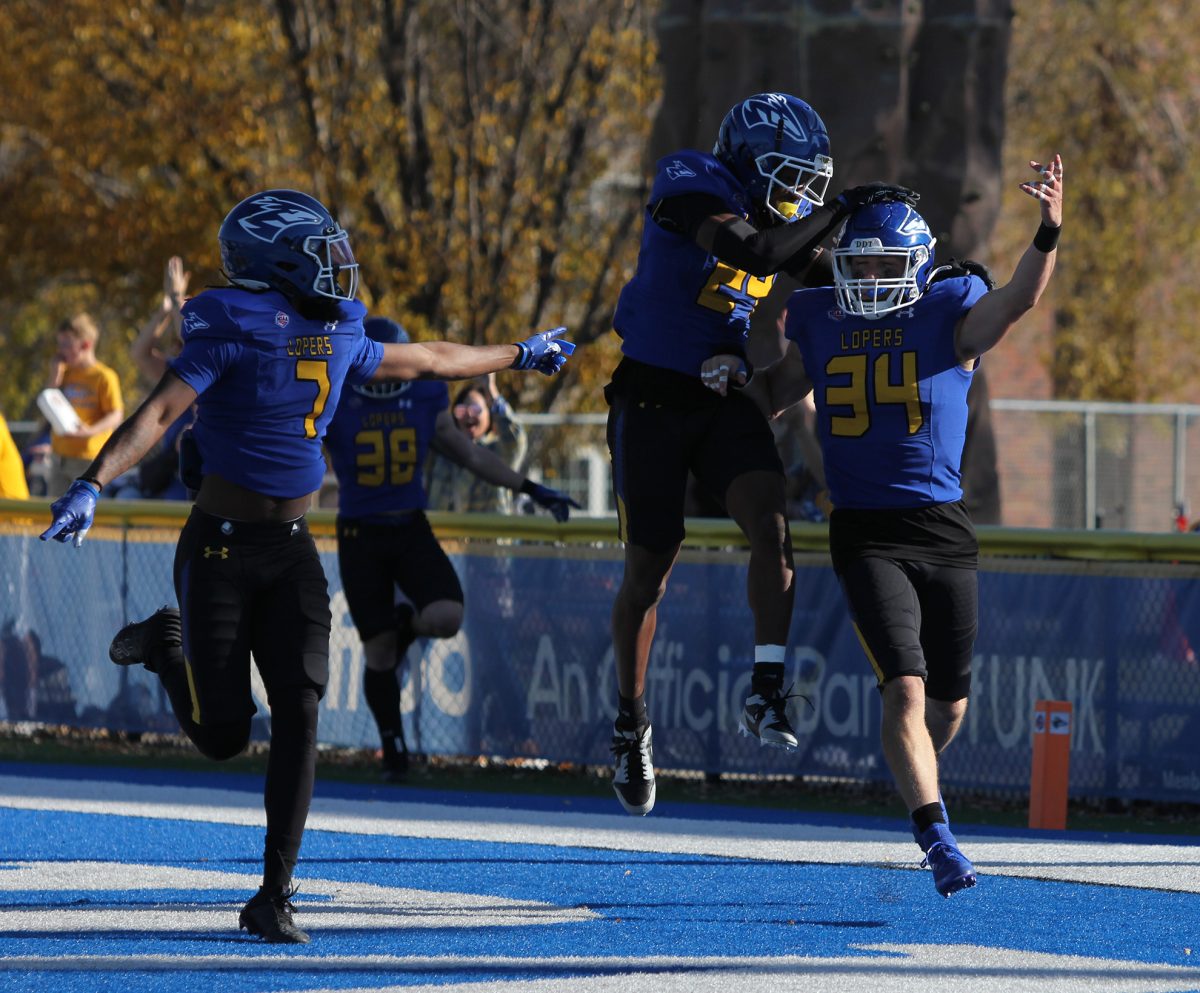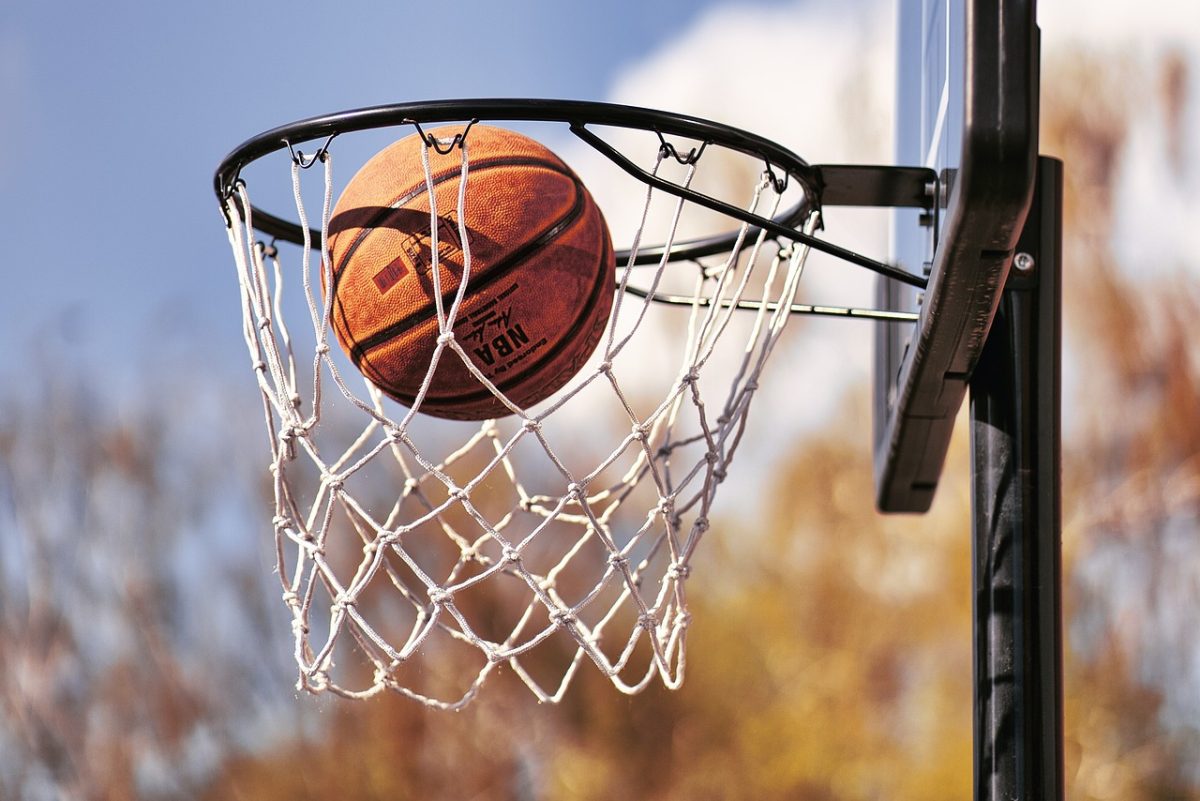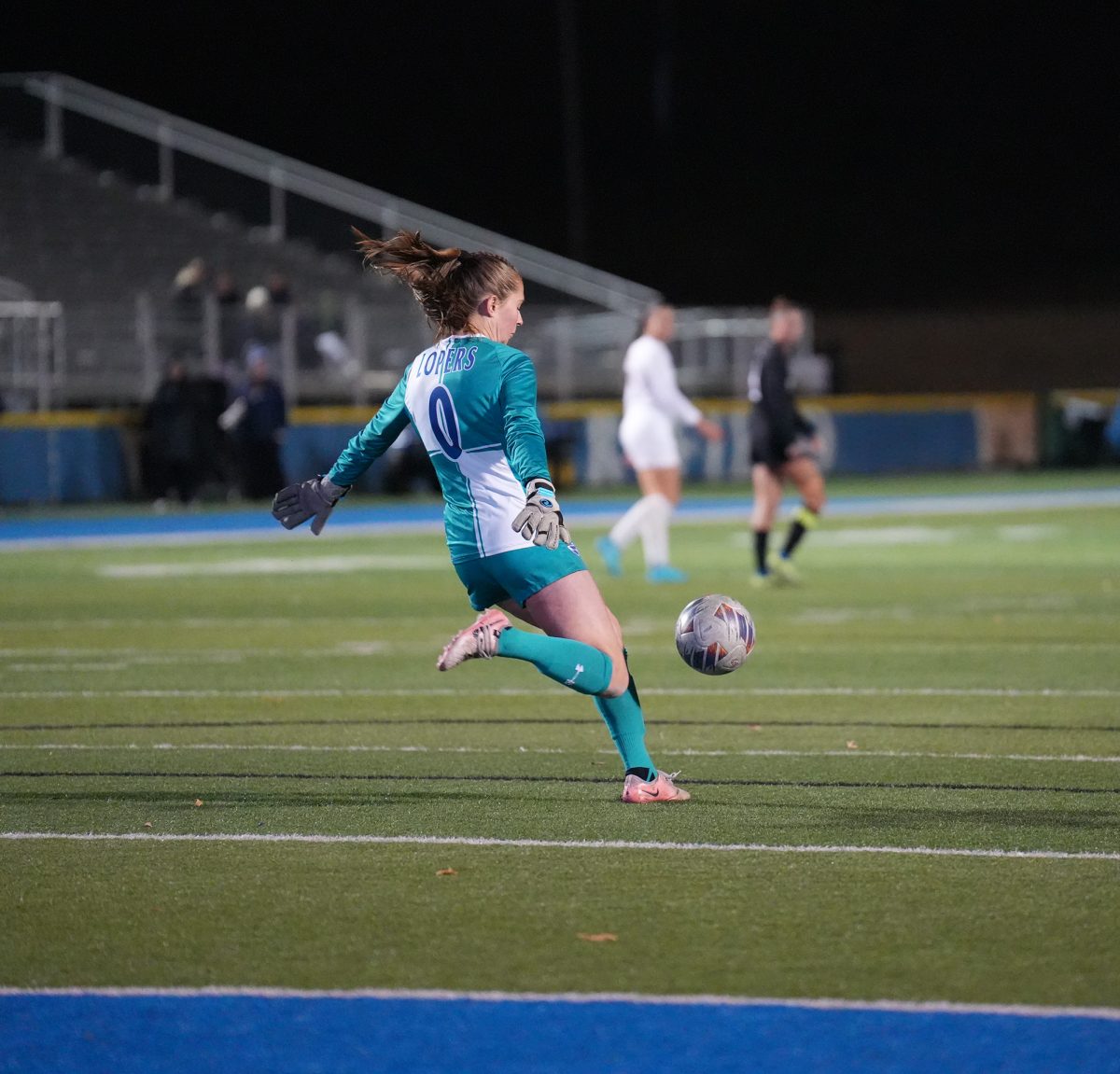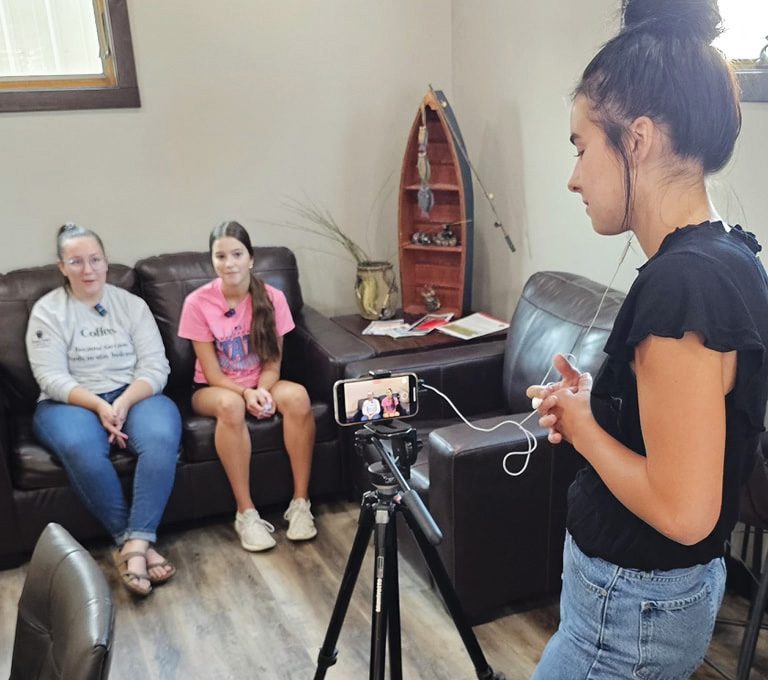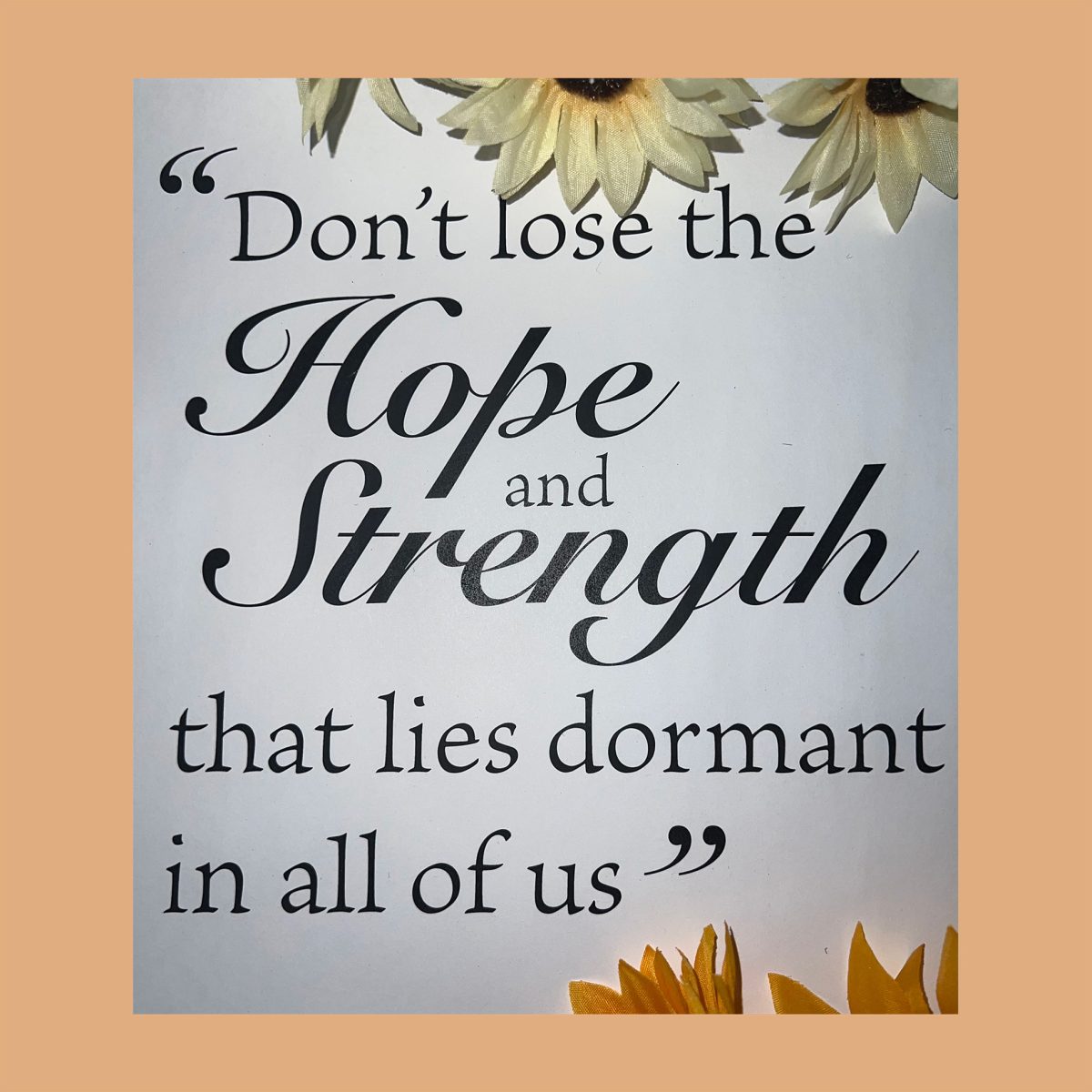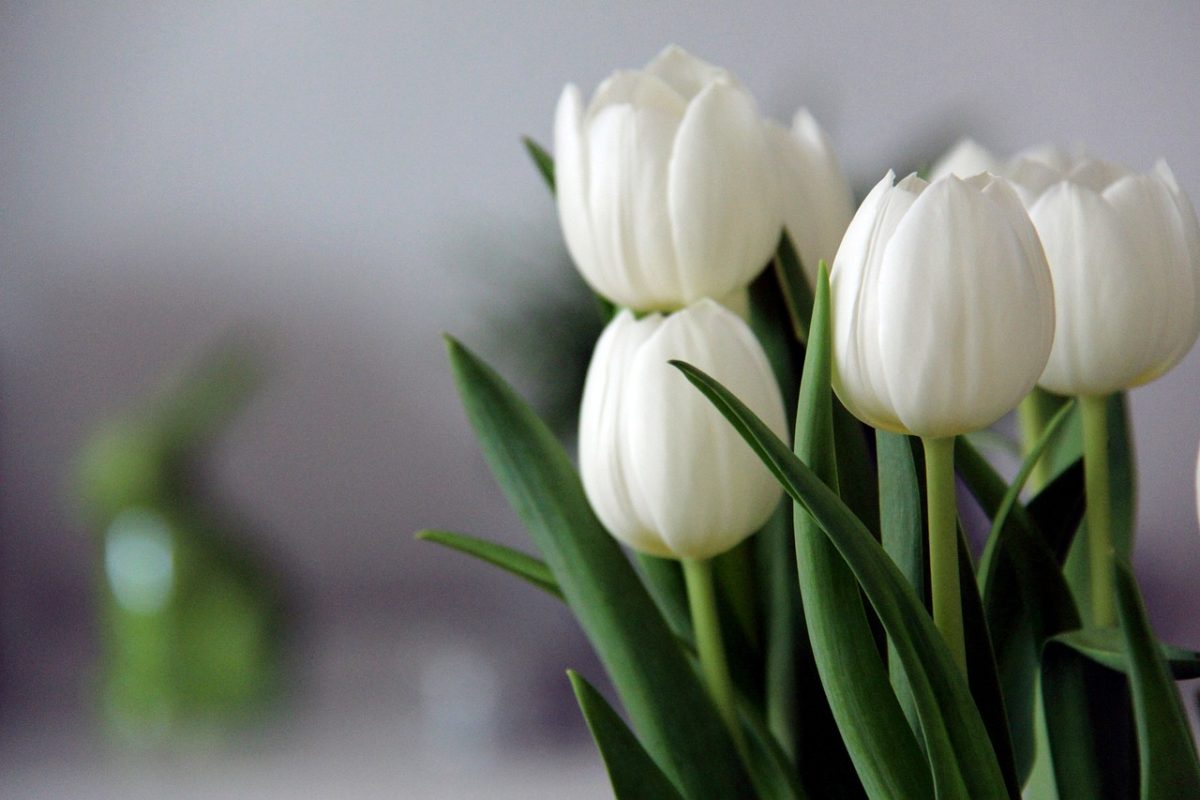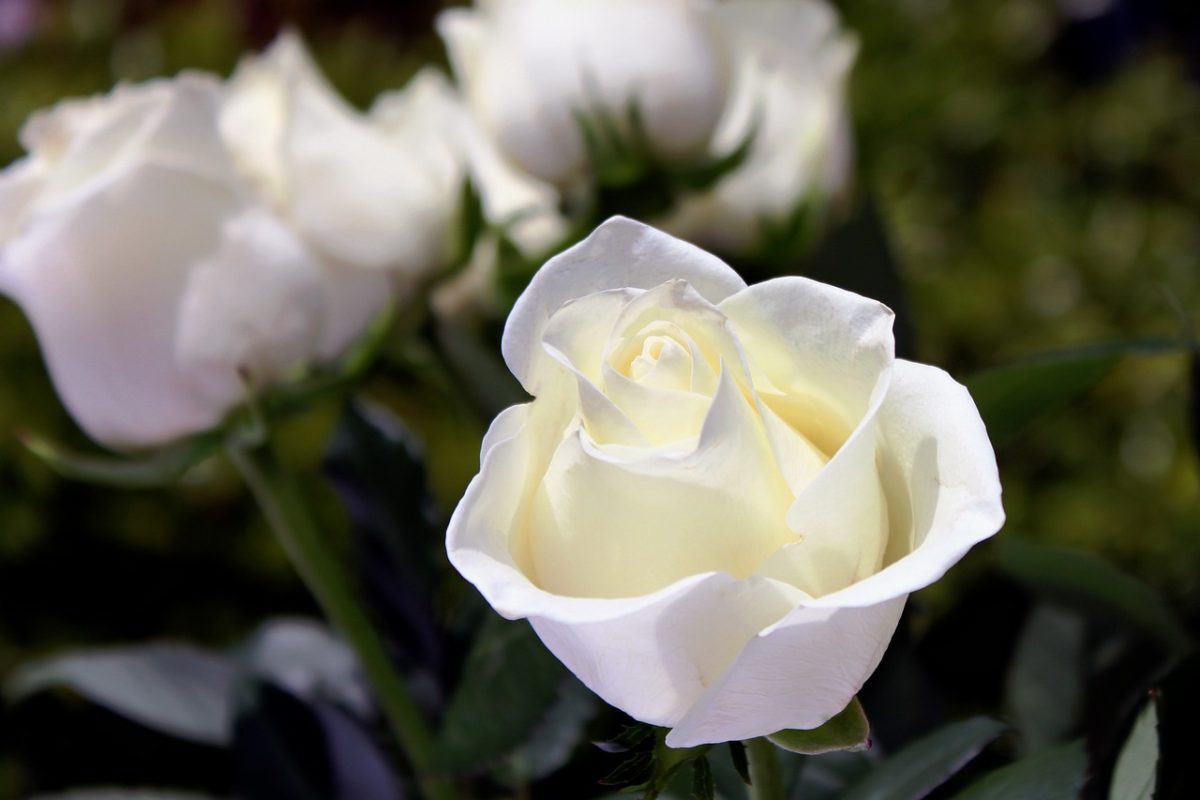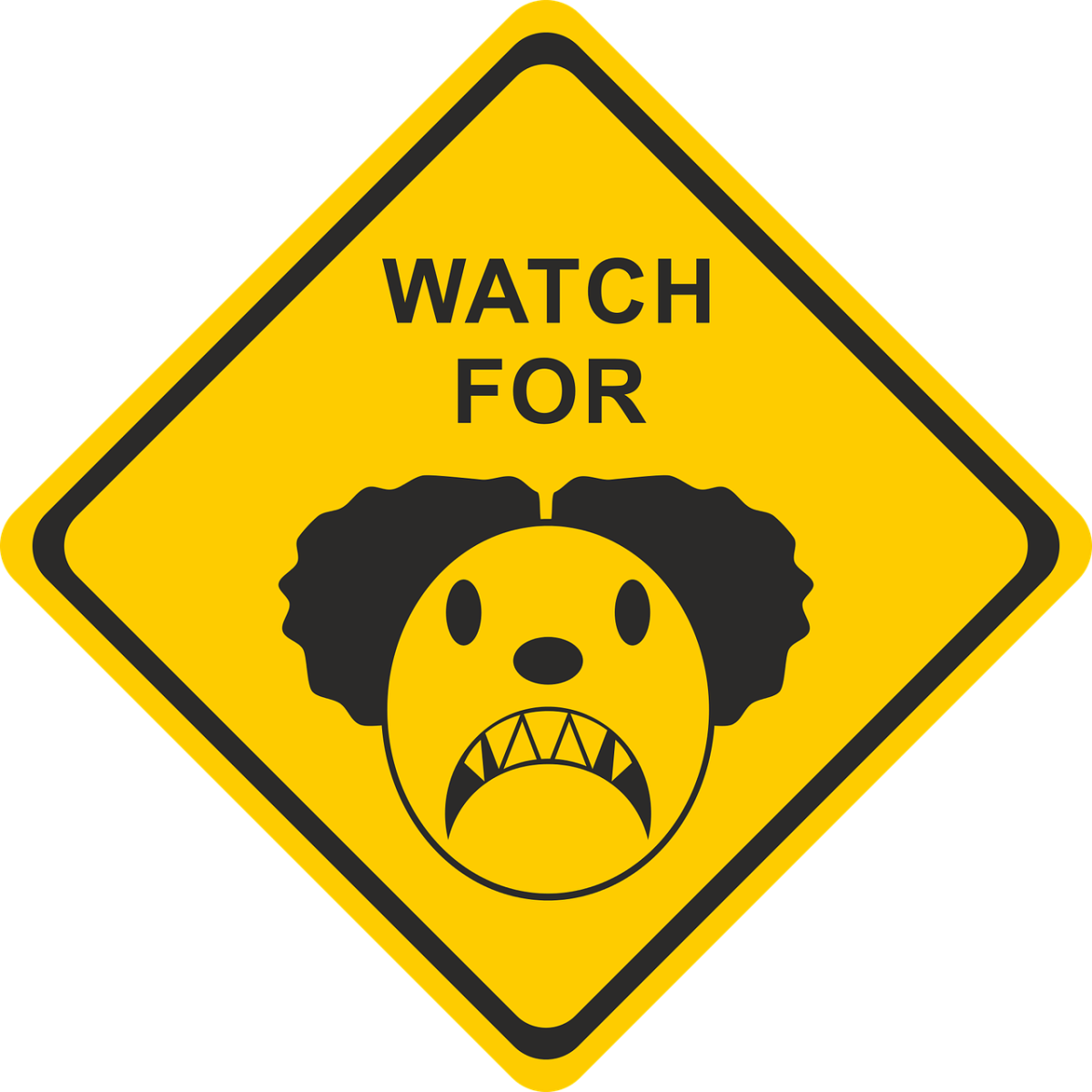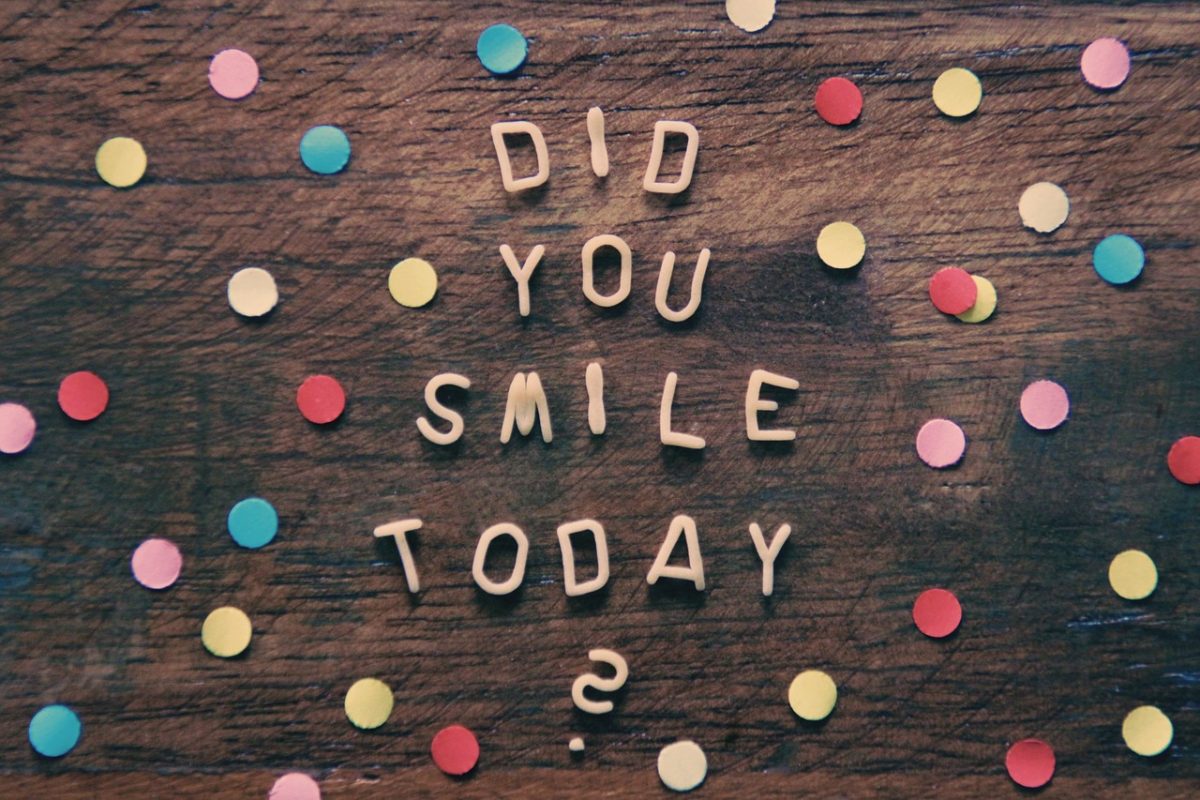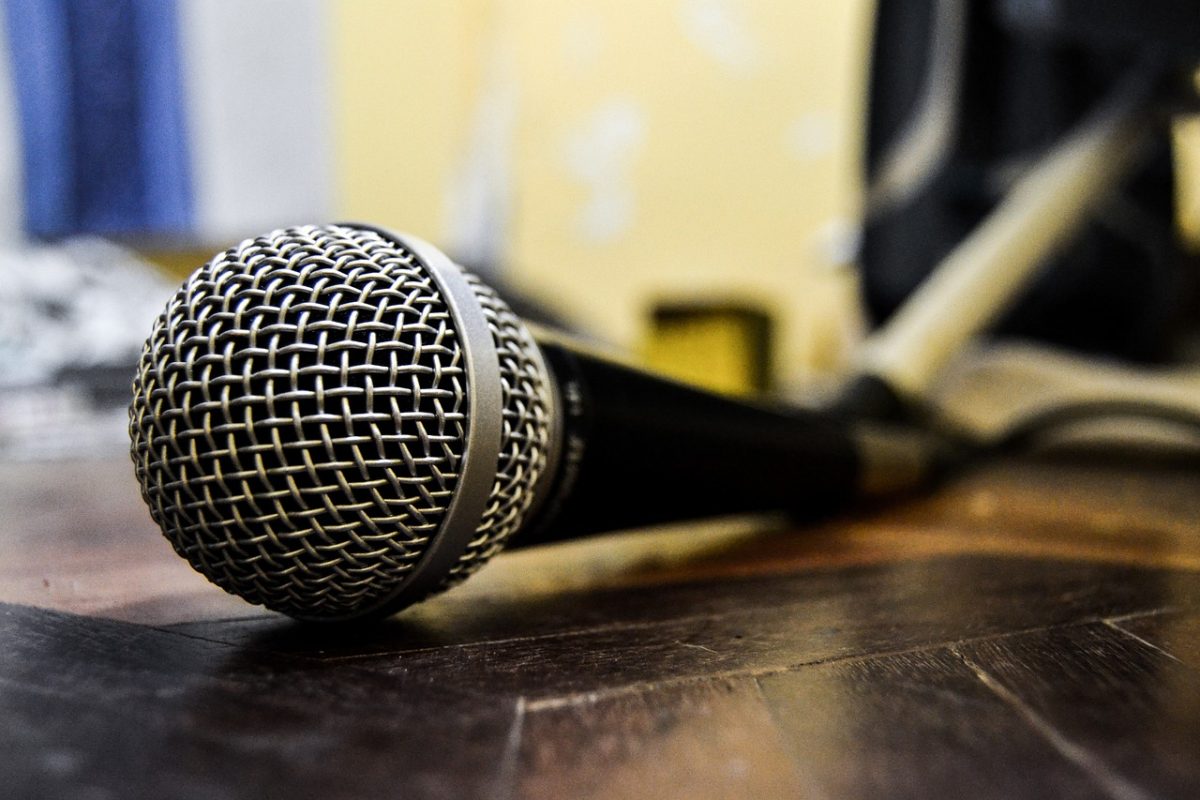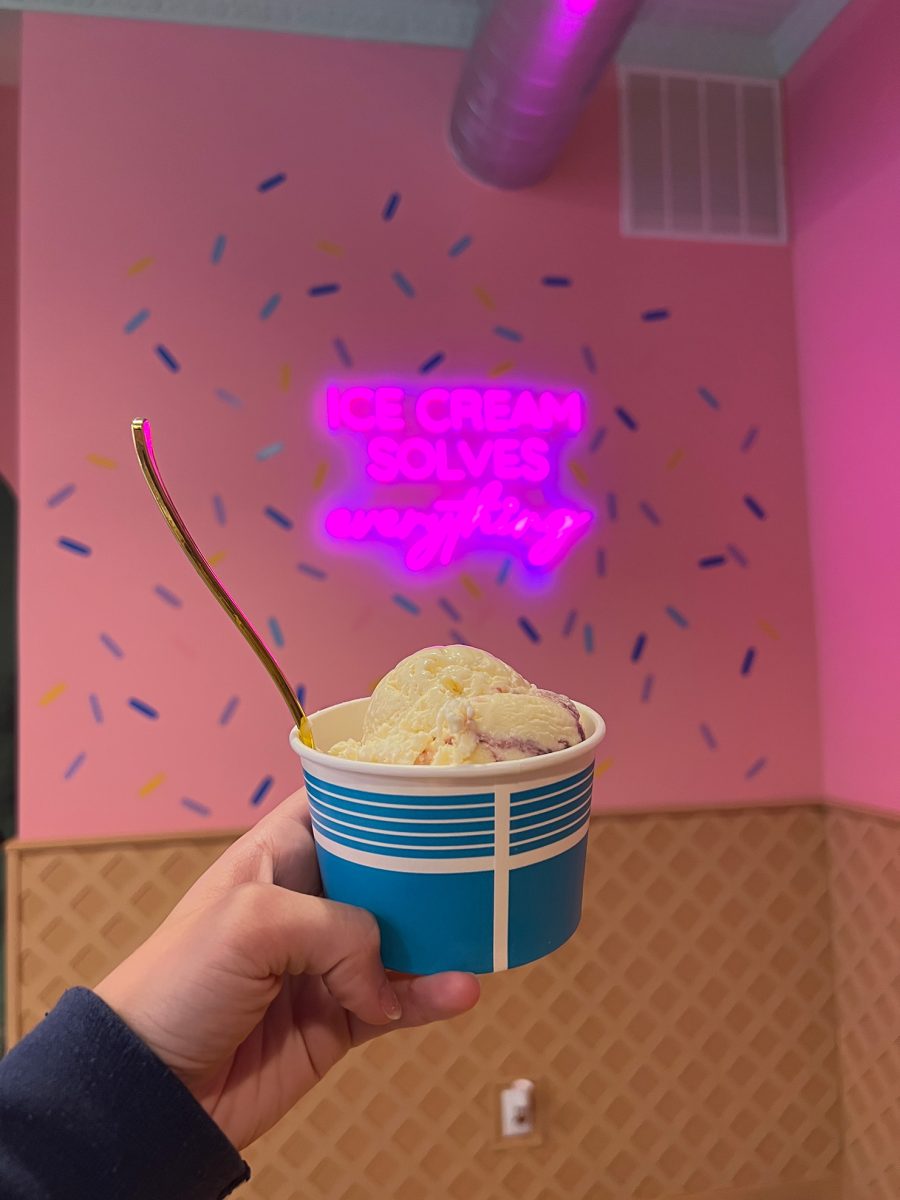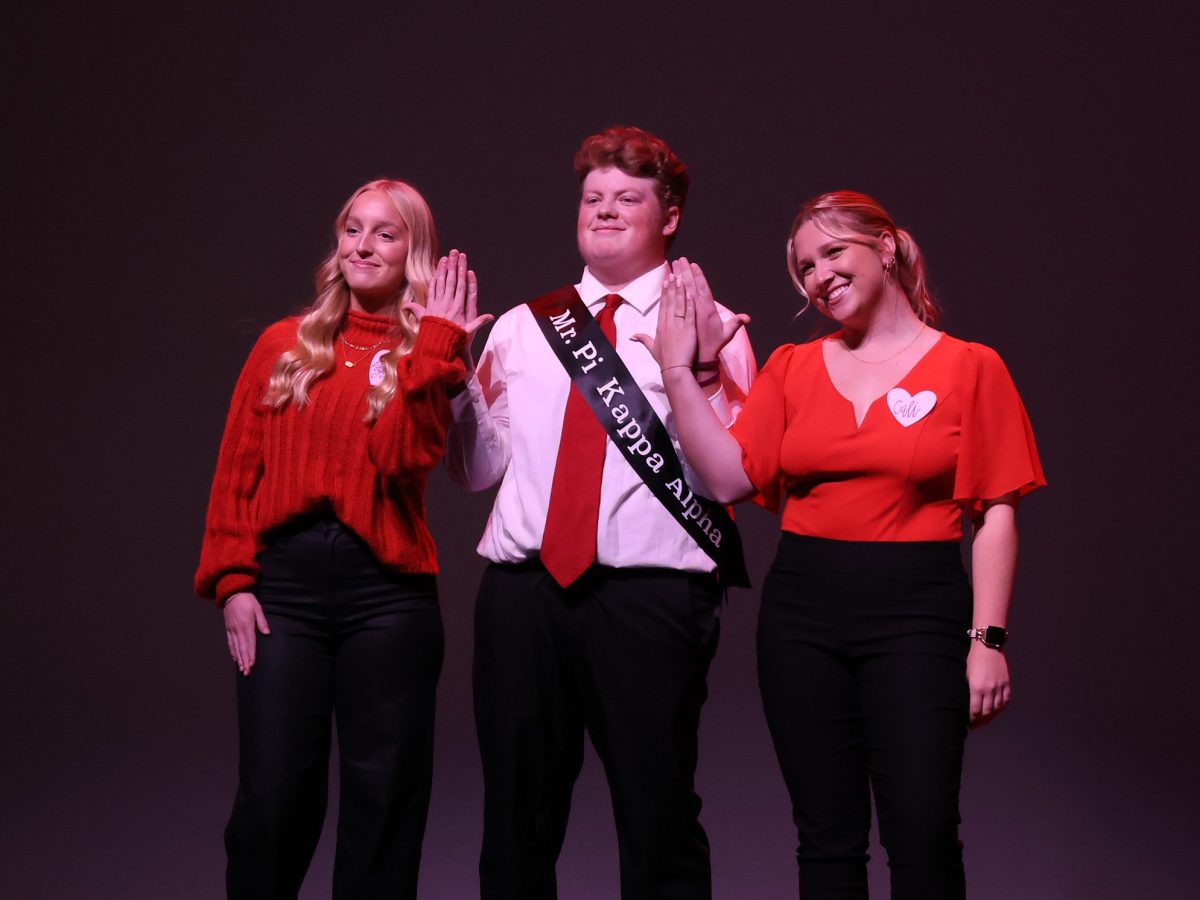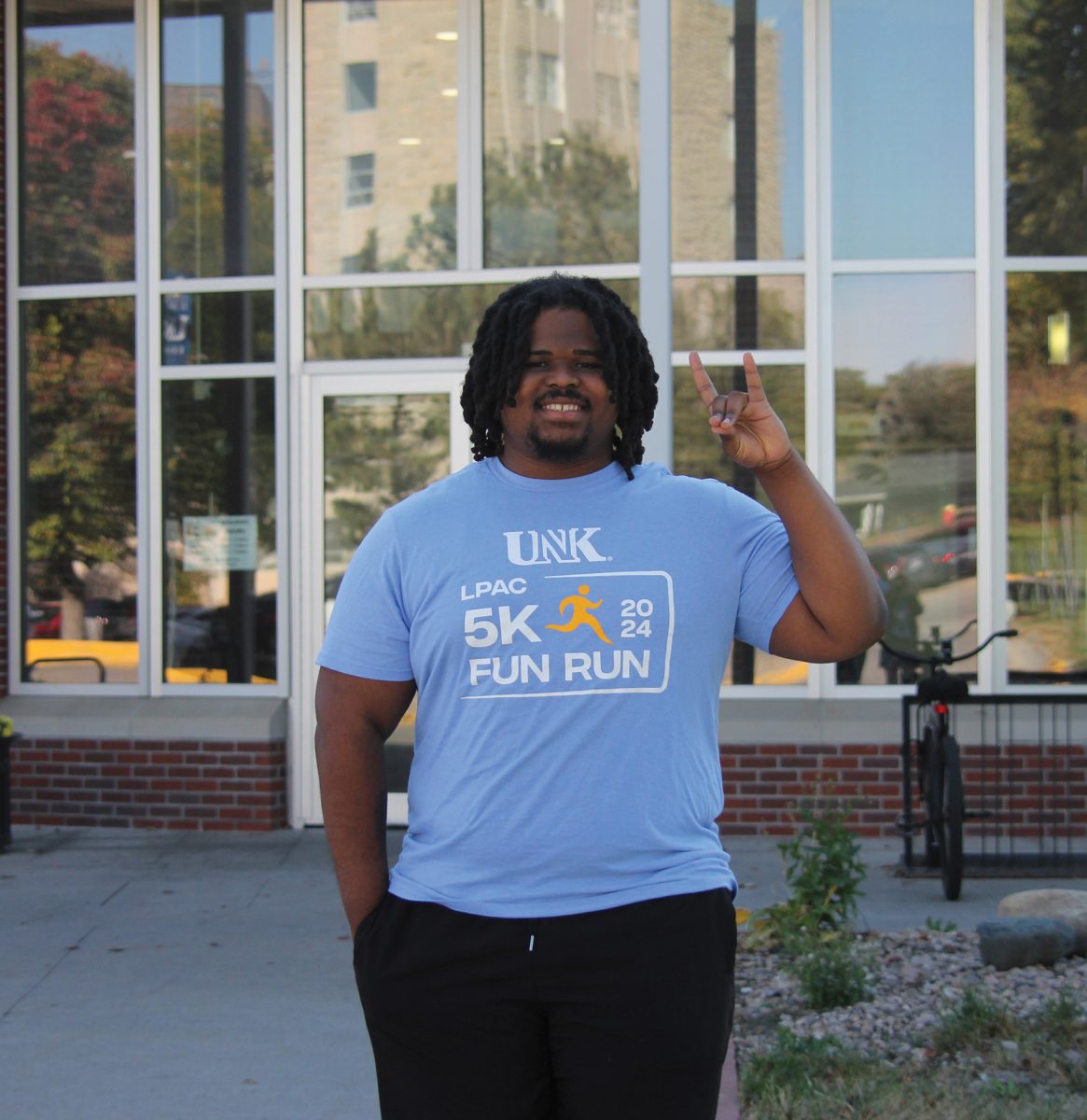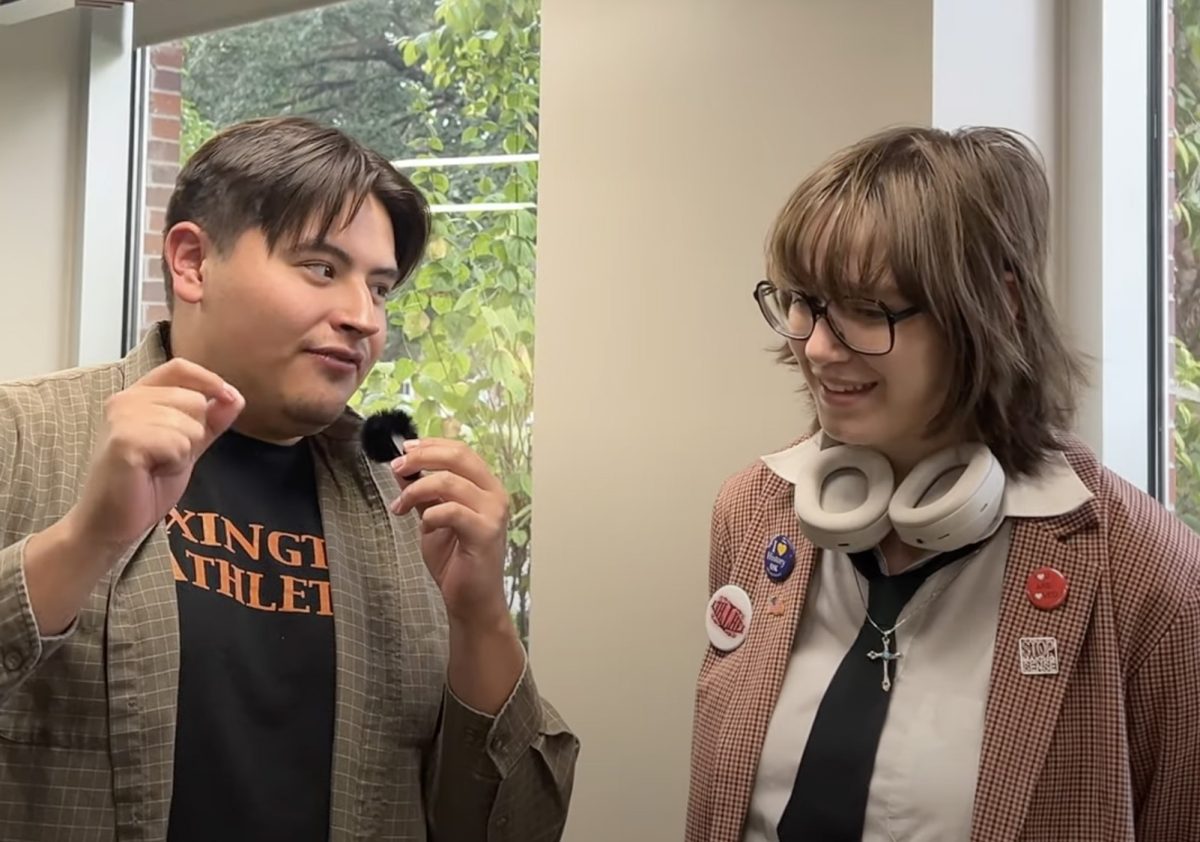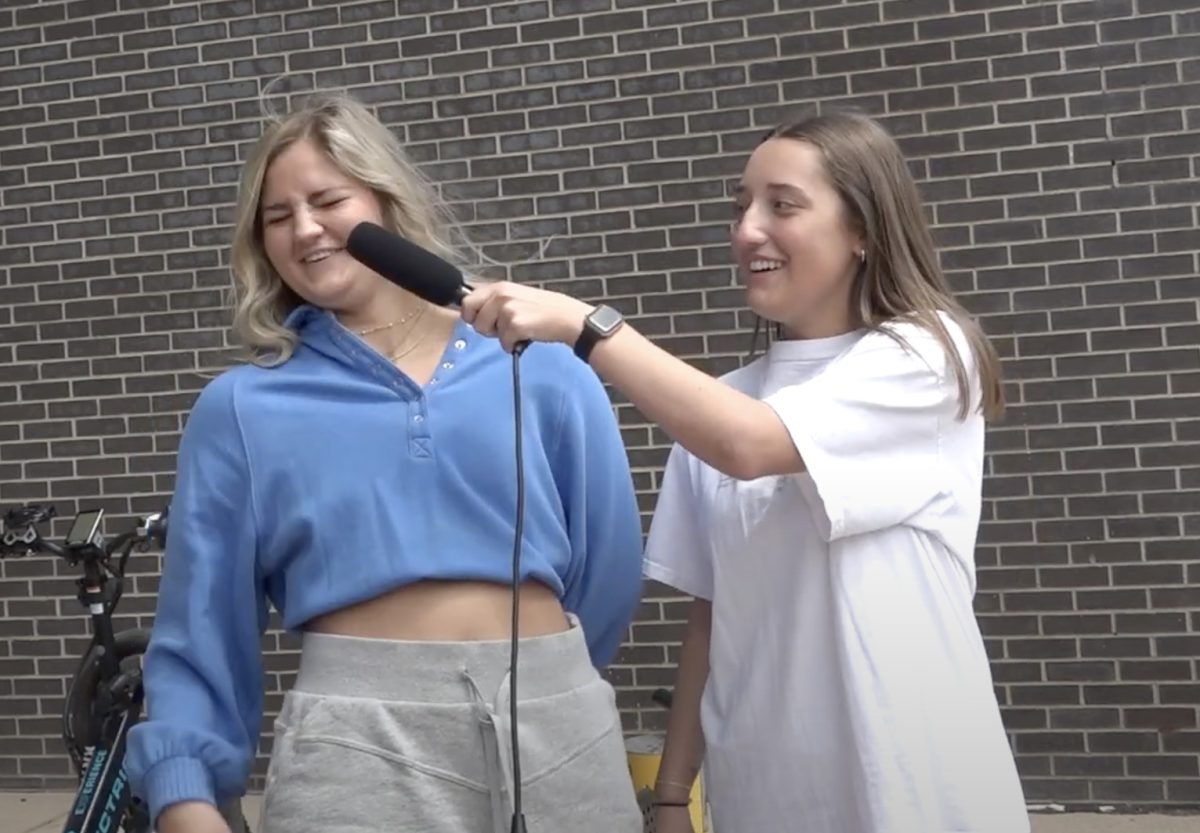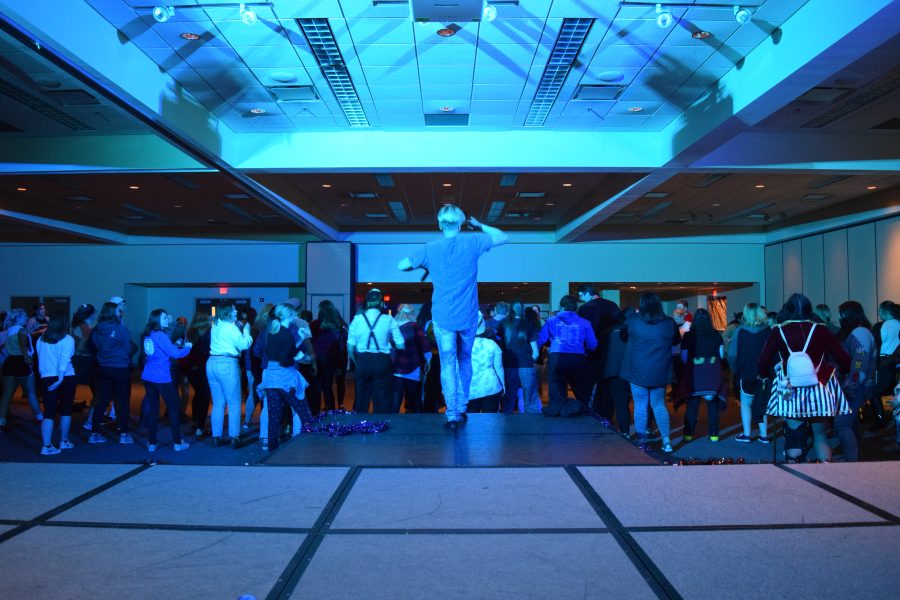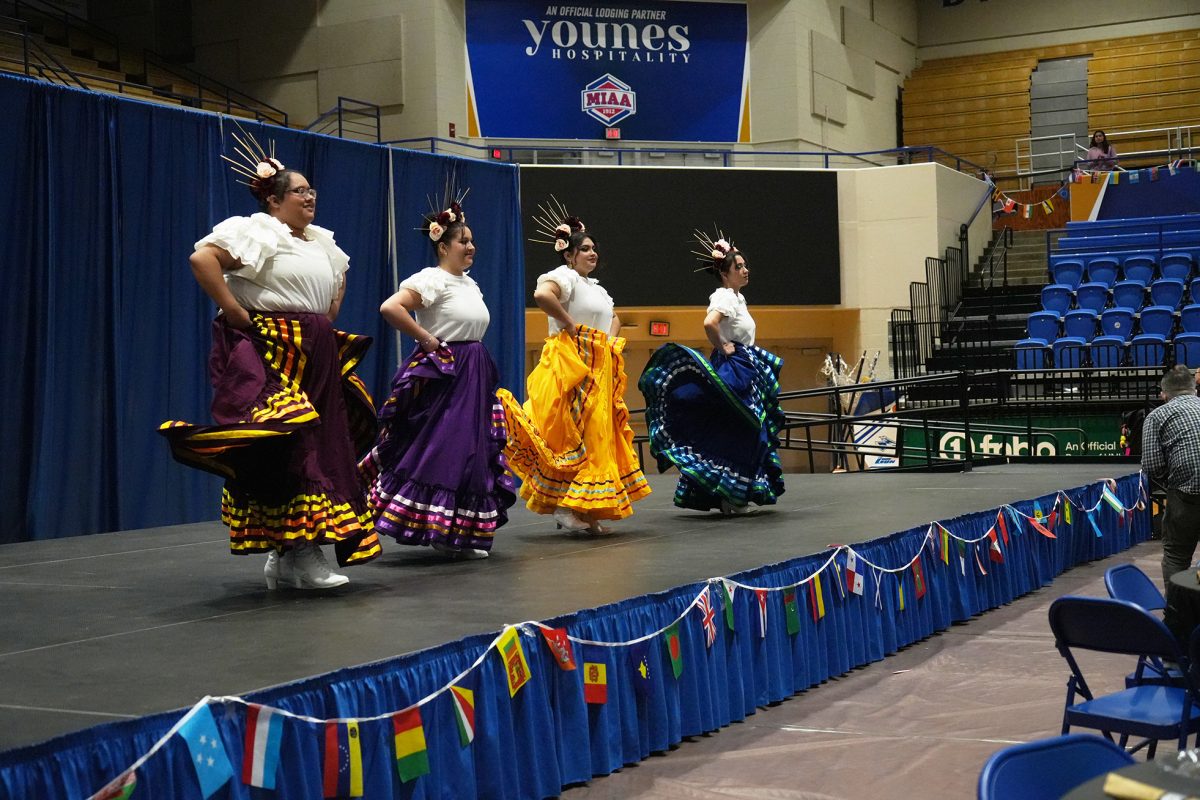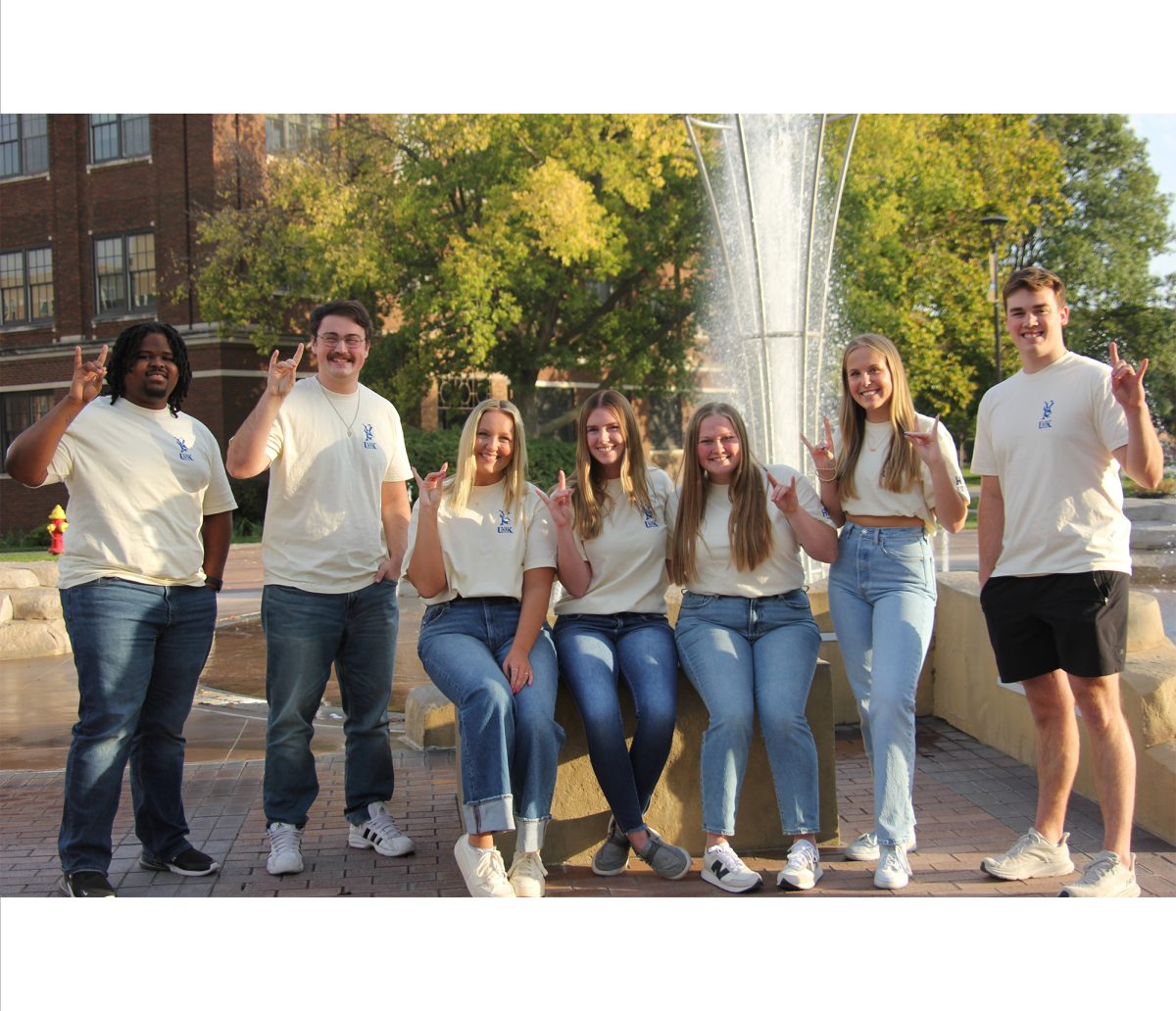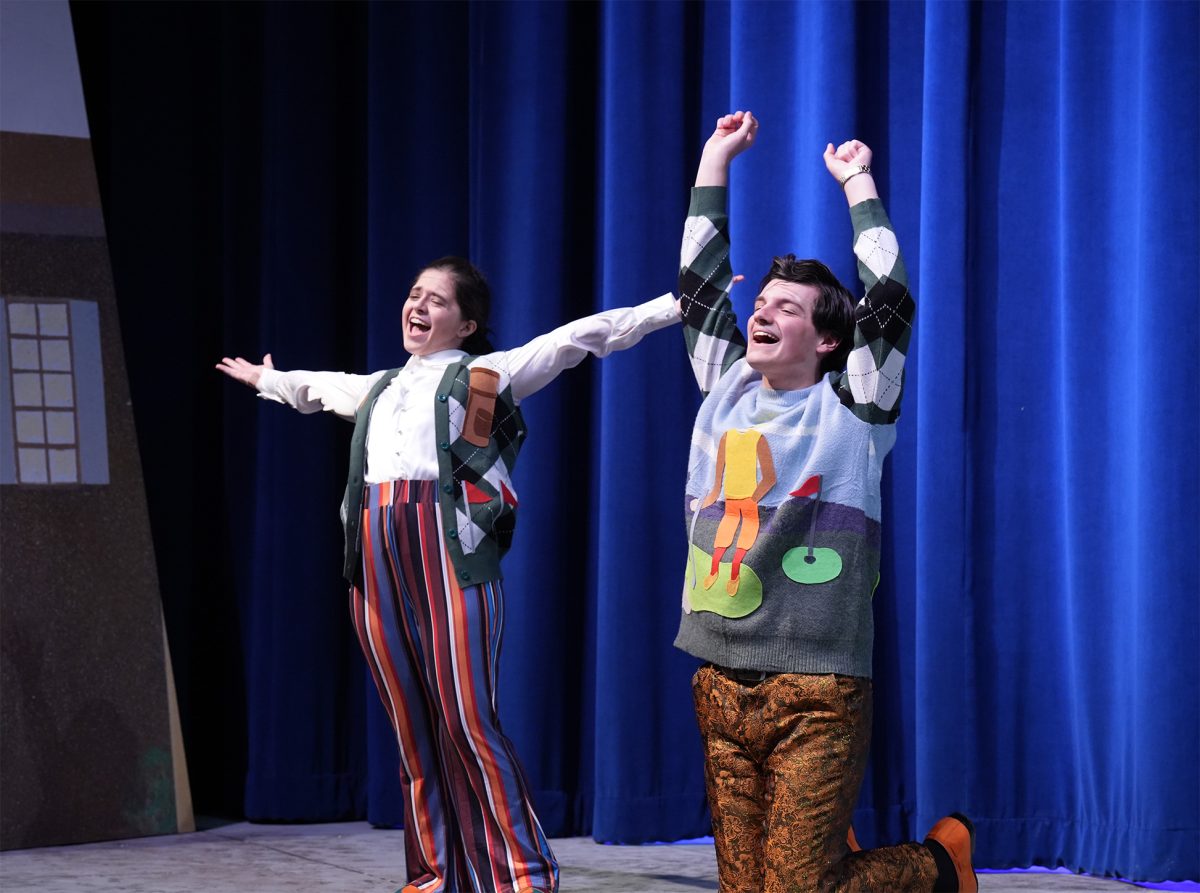[ngg src=”galleries” ids=”10″ display=”basic_thumbnail”]
Photos by Amelia Cooper
- Drag is an art. A way of self-expression that was a product of the artistic style and creativity of the LGBT community.
- Drag takes incredible amounts of time to prepare for. Many Kings and Queens spend multiple hours getting ready to perform by putting on makeup, rehearsing, etc. Many of the costumes and choreography are created by the individual.
- Drag shows are to be a respectful and safe place for people to be themselves and to have fun and we ask that you help us make this a safe space.
- Drag Queens are more commonly known, like in RuPaul’s Drag Race, but drag can take MANY forms. There are Drag Kings as well… which you will see tonight.
- In drag, there are no rules that confine what you can perform. Each performer brings a unique personality onto the stage.
- Some consider female impersonation or ‘pantomime dames’ to be the beginnings of the art of Drag in the 1800s. Drag has it’s root in the US beginning with Minstrel Shows and Vaudeville performers. The term drag queen would not be popularized until the later 20th
- Drag Queens during the 50s and onward, faced some of the most brutal discrimination and violence from homophobic and transphobic individuals. Because of this, drag performers were often the main community involved in protests or riots of the time in response to their brutalization.
- Drag Performers continued to be an active force against LGBTQ violence, even today. For that, we would like to honor all Drag performers for their bravery, creativity, and thank them for all they have done for LGBTQ activism.
Drag Show Performer Featured In Pictures (Names)
- Morgana Lefay
- Oliver Pantsoff
- Dale Tucker
- Treasure Red Rose
- Dekulicious



